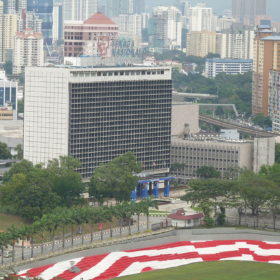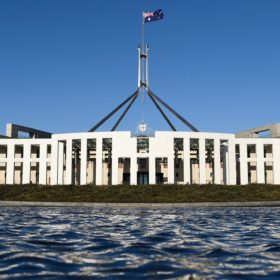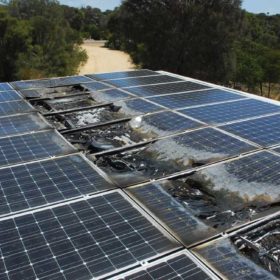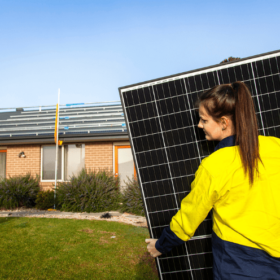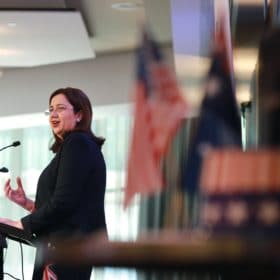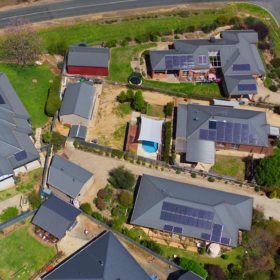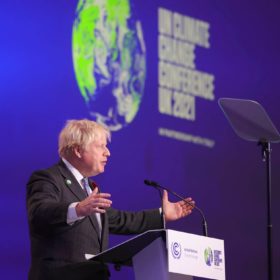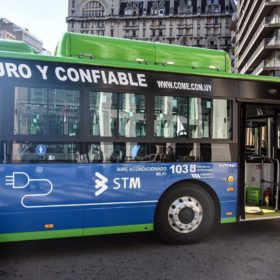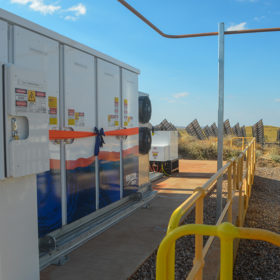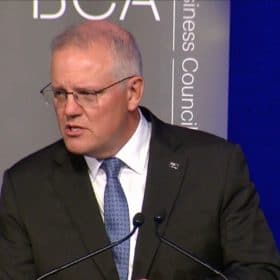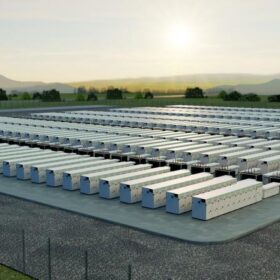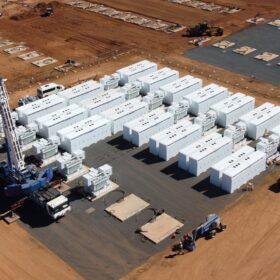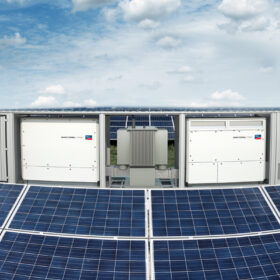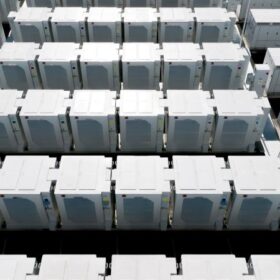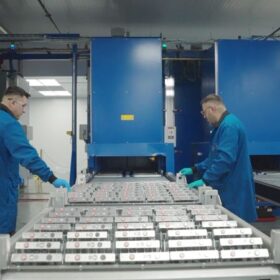Malaysia launches scheme enabling consumers to buy renewable energy
Through the Green Electricity Tariff (GET) program, the government will offer 4,500 GWh of power to residential and industrial customers each year. These will be charged an additional MYE0.037 (AU$0.012) for each kWh of renewable energy purchased.
‘Inexpensive line of supply no longer acceptable’: federal politicians move on consequential ban for solar industries
Members of both the upper and lower houses of Parliament are moving to ban the importation of goods made with forced labour by introducing a bill which, if passed, would have profound repercussions for Australia’s solar industry.
Australia removes much-criticised DC isolator mandate
Following years of lobbying, the Standards Australia Committee has removed the requirement for rooftop solar installations to include a DC isolator.
Victorian Solar Homes program reaches 1 GW of energy capacity
After a controversial beginning, the Victorian Solar Homes Program recovered and is now setting new records. From the early days when solar installers were forced to protest due to the unintended effects of the policy’s first iteration, to today when more than 165,000 homes have solar as a result of the program, it is fair to say that Victoria is headed into a bright summer.
Queensland begins its QREZ development with a “measly” 3.3 GW allocation
The Queensland government has published its draft plan to unlock 3,300 MW, or 3.3 GW, of new renewable generation as part of the first stage of developing state’s three Renewable Energy Zones (REZs).
Investability of Australian large-scale renewables remains low
COP flack for Australia’s insubstantial and unstructured response to decarbonisation has not made the country more attractive to investors. Has our first-mover status cruelled our investability, and what could the next Federal Government do to revive investor confidence?
Not a total COP out … except for Australia
Opinions are rife and varied in the wake of the COP26 UN Climate Change Conference. What can we take away from discussions in which the Australian Government positioned itself as a climate pariah?
Analysts revise up zero-emission vehicle forecast after bumper year
A report published by BloombergNEF for the COP26 climate change summit has listed global commitments by cities, states, provinces and nations to end the sale of new fossil-fuelled vehicles but, with 2035 estimated as the cut-off date for zero-emission roads by mid century, policymakers need to be more ambitious.
Australia’s hottest town now has a battery to store its excess solar
The town of Marble Bar in Western Australia’s remote East Pilbara region is famed for at one time recording 100 consecutive days of temperatures exceeding 37 degrees Celsius. So it’s no wonder the town’s residents have excess solar and nowhere to put it. That is, until now, thanks to the installation of a battery energy storage system beside the town’s centralised solar farm.
Morrison’s EV strategy disappoints, devoid of either fuel efficiency standards or incentives
The Morrison government today released its long-awaited electric vehicle strategy which contains neither fuel efficiency standards nor financial support for Australians buying cleaner vehicles. The strategy’s main centrepiece is an additional $178 million for its Future Fuels Fund. Rather tellingly, the strategy has been summed up “better than nothing”.
